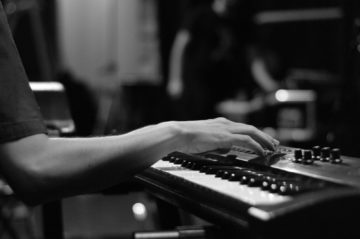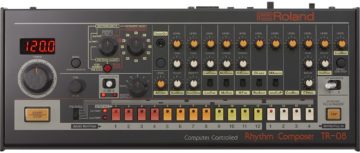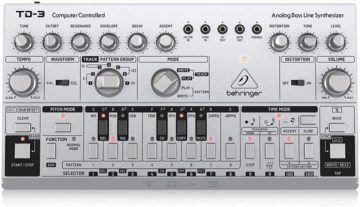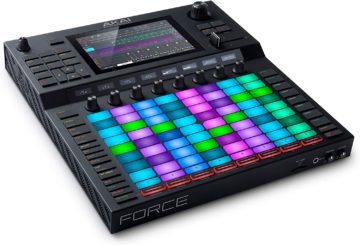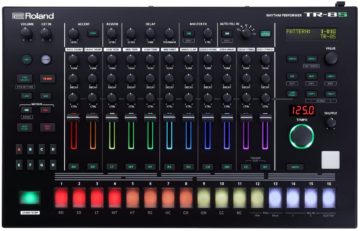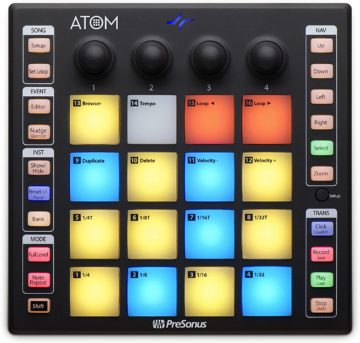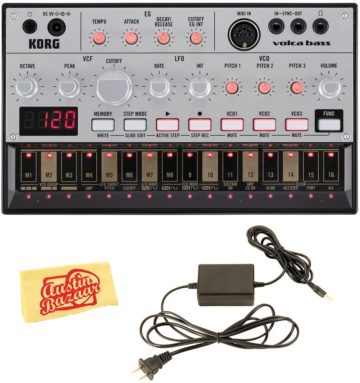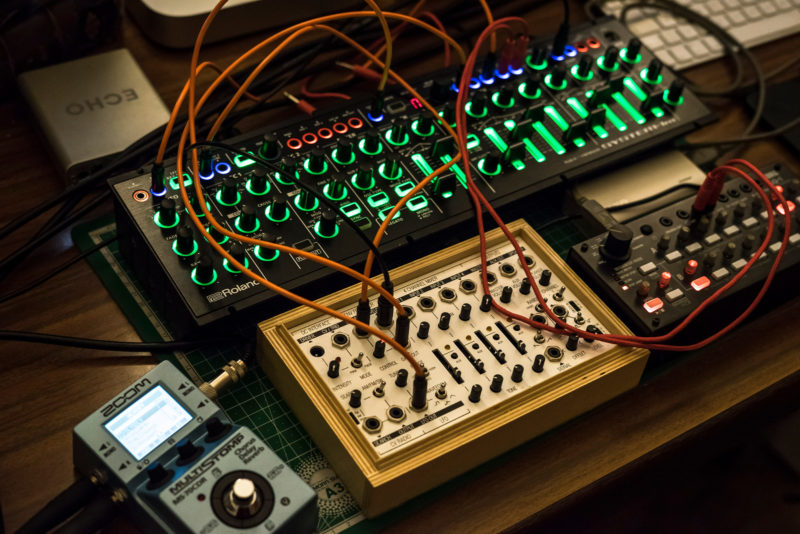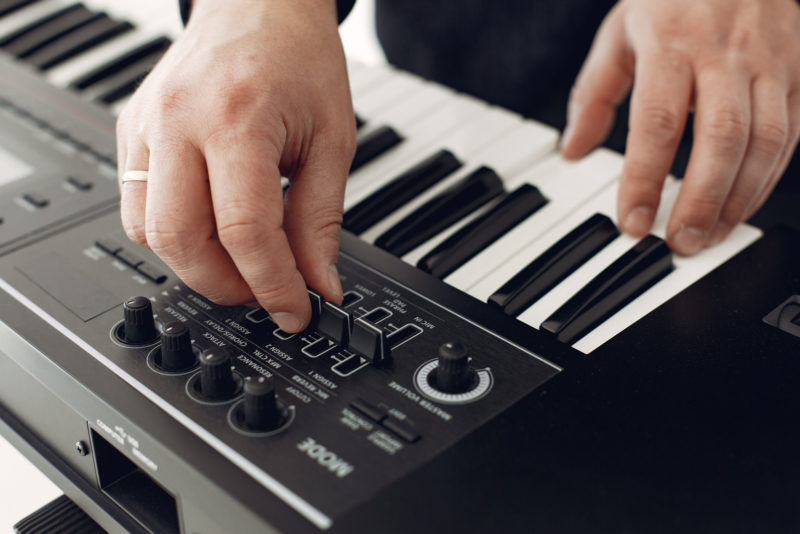The Roland Rhythm Composer TR-08 is a compact recreation of the most famous drum machine ever made, the TR-808. So if you’re looking for that award-winning, ear-bending classic hip hop sound in an affordable backpackable form factor, this one is for you.
Best Electronic Drum Headphones
Unveiling the top electronic drum headphones - from budget finds to premium sound quality. Elevate your drumming experience now!
